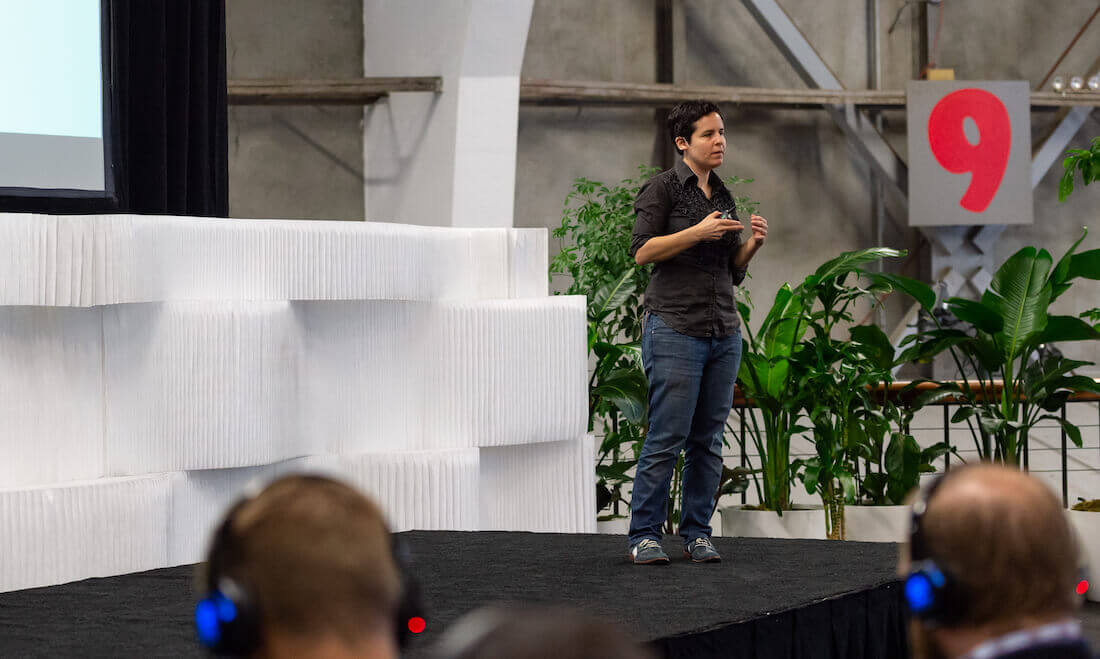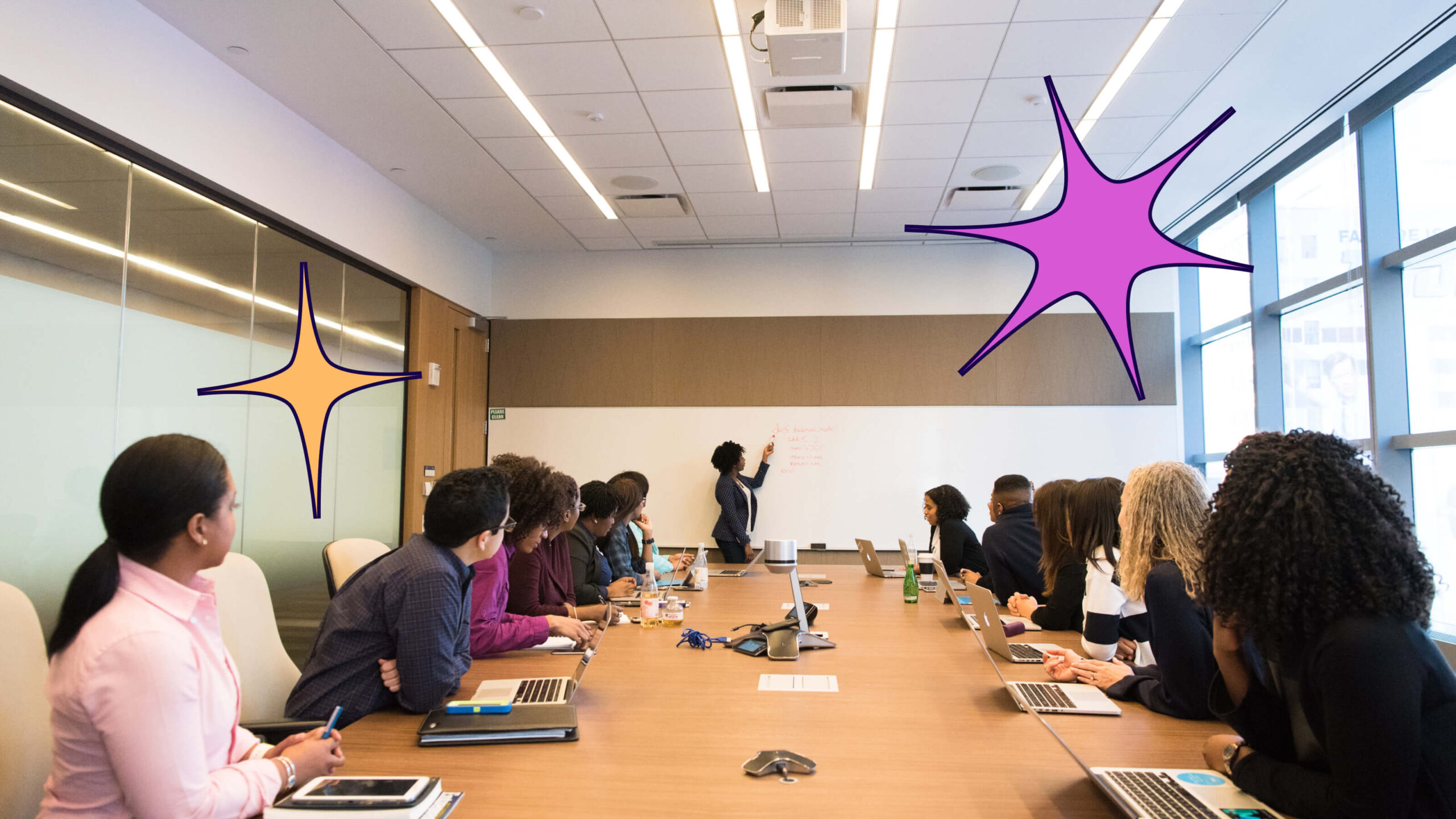Let’s say I’m in my ten-thousandth hour as a product manager and I’ve spent the past decade racking up wins at tech companies currently worth more than $1 trillion. I can just rest on my laurels and sling decisions from the hip, right? What if I were a NASA engineer? Or a pro football coach? Or in operations at a major retailer?
In none of those cases do we have the option to monetize our past experiences. New challenges may look like things we know, but chances are we only think we know them, or we forget we’ve been wrong before. As humans, we typically overestimate our expertise. And that’s especially true of experts.
Problems Are Called Problems for a Reason
Jen Dante, Square’s head of product for payroll (who, coincidentally, has spent the past decade at Google, Netflix, eBay, and Symantec, collectively valued at $1.025 trillion), kicked off her talk at the ProductCraft Conference in San Francisco last month by quoting the Greek philosopher poet Archilochus. “The fox knows many things, but the hedgehog knows one big thing.” Most humans, like the hedgehog, are comfortable and passionate pundits. But we’d be better served to emulate the fox: dubious of our own expertise and biased towards disproof.

As Dante explained, low confidence yields high competence, and problems are called problems for a reason. So you’d better think slowly and have lots of options if you hope to make the right product decision often enough to be considered successful.
That’s where this idea of promiscuity comes from. A good product manager has a few ways of thinking. A great product manager has frameworks for days and even knows when and how to stack and blend them. The following are three of the frameworks Dante says are essential to every product manager’s Rolodex.
Behavioral Economics: Why Free Trials May Not Work
Buyers aren’t rational. Even if they know what they want, they rarely know what it’s actually worth. Becoming educated is too much mental load for the average consumer, and price catalogs are hard to come by (even in the age of mobile internet). So, we typically anchor against a small amount of information and let our emotions do the rest. If the price of the good or service is below our faulty estimate, we feel a rush of emotion about ourselves and associate that with the product. If the price is higher, we respond with anger directed at the seller.
Ultimately, clever retailers upend anchoring with tactics like strike-through discounting. Have you ever seen a list price next to an original price and wondered where the reference price came from? Turns out there’s a good chance the retailer just made it up. Better yet, retailers like Amazon often list the discount both as absolute dollar savings to appeal to our emotional need for wins (characteristic of male shoppers) and as relative percentage savings to appeal to our intellectual need for work output (characteristic of female shoppers).
But, when we’re running a business based on try-before-you-buy, we’ll need a new framework. Any price higher than free is bound to arouse negative emotions that drown out perceptions of value.
The Devil You Know: Why Free Trials Work
The status quo is a powerful anchor. If you’ve read Michael Lewis’s The Undoing Project or studied heuristic biases, then you understand how much we hate losing something we already have. In fact, we typically feel the pain of loss as a multiple of the joy from an equivalent gain. That’s why free trials work so well when they work at all.
In a scenario where the product’s benefit is easy to experience and has few comparable substitutes, then a free trial is the best way to punctuate a fear of loss. That’s because we don’t want to lose what we actually use, so the magic of a free trial is less in its sense of costlessness and more in its active utilization. In this framework, onboarding and marketing both play an outsized role in making sure the user is prompted early and often to experience the most compelling attributes and realize value.
So, what could stand in the way of entrenchment? The primary culprit is the friction of opting in or the ease of opting out. Netflix has perfected the art of passive opt-in. During its years of massive growth, the Netflix streaming service was added as a free benefit to other products. Once the price went from $0 to $10 or $15 per month, cancellation wasn’t complicated, but it was treated as a feature and optimized against other user behaviors to take advantage of humans’ inherent hesitation to opt out (but not in a way that was unfair or lacked transparency).
But what if the feature set is complex or requires customization? Then we need a different framework.
The User Is Drunk: When Free’s Not the Issue
When it comes down to it, humans have short attention spans and get confused easily. Frankly, we may as well be on the sauce. The rise of user experience testing is just one sign of the unpredictability of consumer behaviors and the diversity of user paths. Although marketing and walkthroughs can offset part of that overhead, features still have to work without guidance, and users need to be able to stumble their way to their specific version of value unassisted.
To overcome the user’s presumed drunkenness, the product manager needs a commitment to clarity and specificity, not hints and clues. This framework starts with an orientation towards the unhappy path and abandonment. When something goes wrong due to human error, how do we minimize the steps required for a user in a drunken stupor to fix and continue?
A good example is a signup flow that balances ease with security. When a user gives a non-conforming login name, is it enough to repeat the requirements? Should we just be clear that an error was made? The best answer is neither. Instead, give very, very specific direction that helps the drunken user navigate to the next step.
Studies show that telling a user there’s not only a problem but exactly how to fix the problem in a way that leads them to the next step increases the likelihood of advancing in the flow by 28%. Relatedly, research indicates that the primary reason to not convey this information is preventing bad actors from hacking systems via your own access conventions. But information security breaches are rarely a result of legitimate methods like these. That’s why it’s probably better to model UX on helping your drunk user.
Finding Fault in Frictionless
Dante wrapped up her talk by reminding the audience that even the deepest index of product management and design frameworks can’t solve all problems. The right combination of frameworks can help make your company millions of dollars by improving app usability. However, “Let’s use frameworks!” is ultimately a hedgehog’s approach. A foxy thinker is paranoid enough to obsess over the problem and the results that actually matter. As evidence, Dante cited Airbnb, where added friction avoided workflows that were too vulnerable to the whims of low-reliability, low-lifetime-value users and increased the human qualities that contribute to memorable experiences and stickiness.


